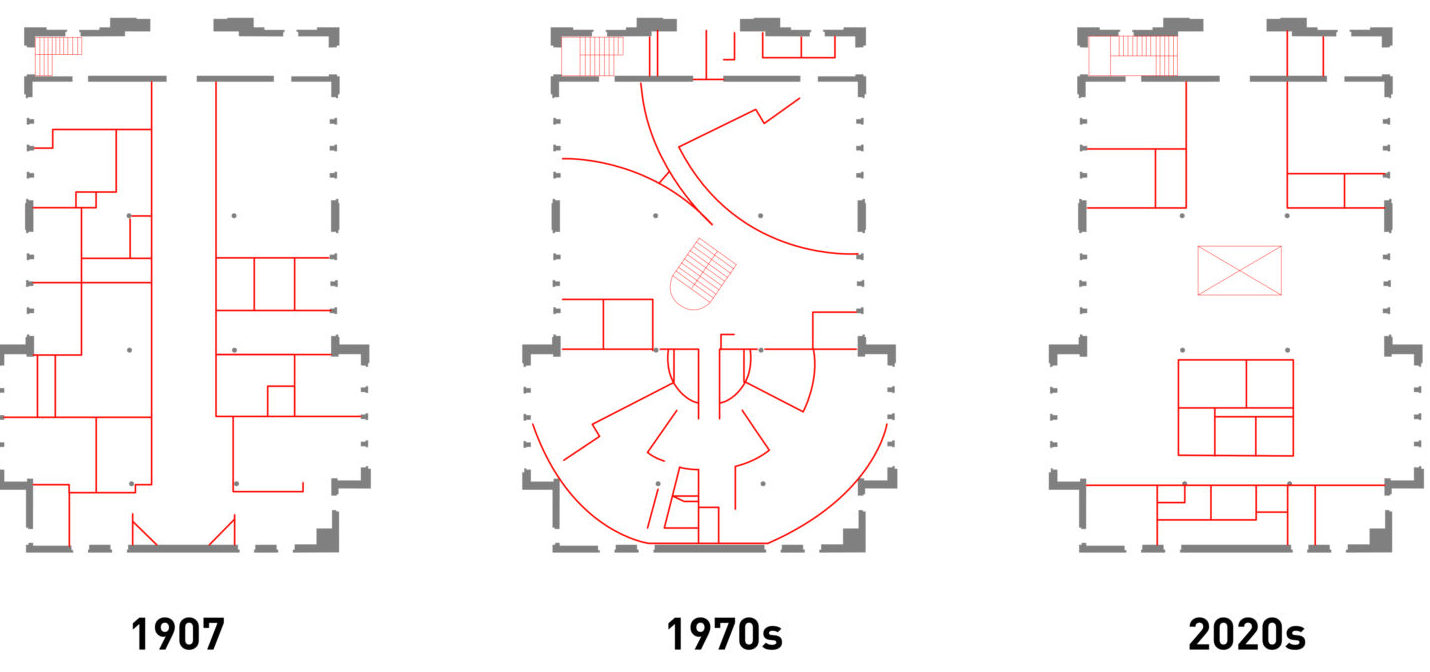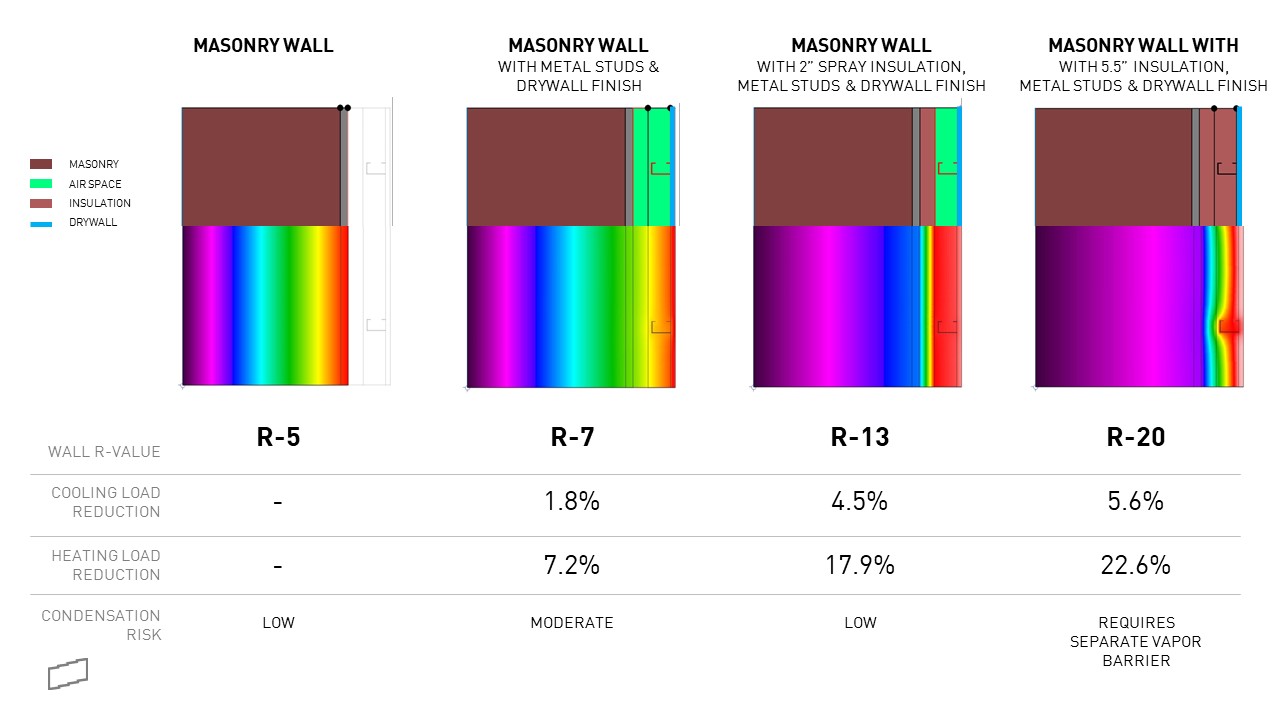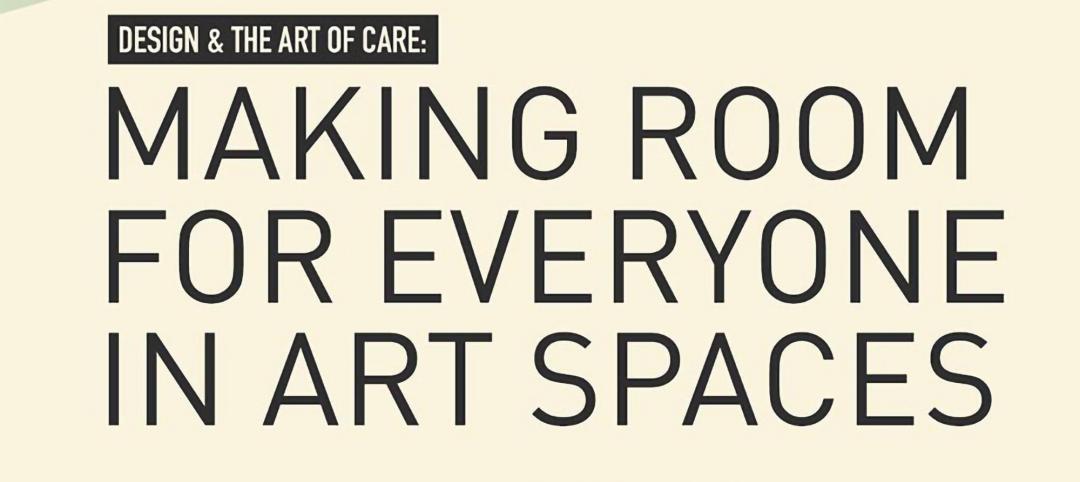Increasingly, students are asking, “How sustainable is your institution?” and factoring that into their decision-making. Students want to know what your carbon emissions reduction goals are and how well you’re meeting those targets. According to The Princeton Review’s 2022 College Hopes & Worries Survey, 74% of 14,148 student and parent respondents said information about a college’s commitment to the environment would affect their decision to apply or attend a school. The Princeton Review has been publishing their annual Guide to Green Colleges for 12 years to help students understand which institutions are committed to the environment.
“Leading universities are setting ambitious carbon reduction targets that capitalize on the role buildings play and go beyond LEED certifications,” notes Tiffany Broyles Yost, GBBN’s Director of Sustainability and Resilience. “Minimizing a university’s carbon emissions requires a holistic approach to campus management, building operations, and construction.
Strategic repurposing of buildings can help achieve these goals.” Building reuse can significantly lower carbon emissions when compared to new construction. A study by the Research & Policy Lab at the National Trust for Historic Preservation determined that it takes 10 to 80 years for a new building (one that is 30% more efficient than an average-performing existing building) to overcome the negative climate change impacts from the construction process.
How to determine which buildings to renovate
When it comes to breathing new life into existing facilities, how do you prioritize the most appropriate buildings for renovation? For urban campuses, expansion often means assessing building stock in surrounding neighborhoods that may be aging or in disrepair. So how can universities smartly determine which existing buildings to invest in?
Determining which buildings are good candidates for reuse and renovation, and why, helps you make smart facility investments. To make sure you get the most out of your existing buildings, consider the following:
- Flexibility and adaptability of a building’s form and structure, including ceiling heights, daylighting, circulation, and egress.
- Systems and material health (are existing materials toxic or carcinogenic and thus unable to be reused).
- Cost associated with both deferred maintenance and the new renovation.
- The building’s history and location on campus—does it have an innate sense of place or contribute to the quality of campus experience?
All buildings are not created equal, and the decision for reuse requires a careful analysis of the existing building and proposed use. GBBN’s current project, The Beacon, for the University of Cincinnati provides an example of these considerations.
Beyond first cost: building lifecycle
While it’s true that buildings can often be designed to operate more efficiently with less energy use and maintenance, they typically result in more building materials, and therefore more manufacturing, transportation, and waste. This trade-off between operational carbon, the energy used to operate and maintain a building during its useful life, and embodied carbon, the energy used to extract materials, manufacture, transport, build, and eventually deconstruct a building, is at the heart of understanding the benefits of building re-use. It requires consideration of a building’s full lifecycle, not just its first costs.

All buildings are not created equal
Built in 1907, the building at 121 E. McMillan is about to undergo its second major renovation in a 120-year period. Having been both a church and a dental practice, the University of Cincinnati owned building, now known as The Beacon, will be a home for innovative new tenants, including Lightship Capital, a minority-owned venture capital firm and business incubator. Its success will be a result of a few important existing characteristics and design choices.
- Structure: The original building had an open floor plan with a highly repetitive and regular wood-framed floor structure. This wood framing is supported by six steel columns and girders spaced 26’ apart. This simple arrangement has allowed the building to adapt to different uses.
- Ceiling Height: Since the building was originally a church, the upper two levels of the building boast ceiling heights of 13-16 feet. These ceiling heights are typical of this era and are usually accompanied by larger windows that drive light deep into the building. Today, this extra height also provides space to accommodate the new building systems.
- Exterior Envelope: Load-bearing masonry walls between 19 and 26 inches thick provide a robust structural and exterior enclosure to the building. While the roof and windows require replacement, the resilient and attractive masonry façade has stood the test of time.

The 'less is more' strategy
Innovative new methods to use less material, less carbon, and more recycled content are constantly emerging, but reusing existing materials is still the most efficient strategy. You don’t need to consider if steel or concrete have a smaller carbon footprint if you don’t need to build a new structure.
However, as noted in The Research & Policy Lab study, “Materials matter: the quantity and type of materials used in a building renovation can reduce, or even negate, the benefits of reuse.” Often, the same qualities that make a building suitable for adaptive reuse, such as high ceiling heights, can run the risk of requiring more interior materials than new construction. According to the study, this is one factor than makes the warehouse-to-multifamily housing typology the least efficient adaptive reuse scenario. The large, voluminous spaces of a warehouse can often require more interior partitions to create small-scaled, cellular living spaces.
At The Beacon, the 1970s conversion from church to dental practice fell into this trap. The large open floor plate was carved into small individual spaces with countless walls and layers of asbestos-laden floor and ceiling finishes. Reusing these materials would be harmful to builders and occupants. The current renovation uses a less-is-more reuse strategy that extends to the interior design:
- Open floor plans mean less wall construction and less material. The open plan allows the original 10-foot high window openings to serve their original purpose, driving light deep into the floor plate, reducing the need for electric lighting.
- Existing finishes are celebrated, creating rich texture and warmth through the refinished wood floors, cleaned brick walls, and exposed structural steel and wood framing. This reduces the amount of new materials in the space.
Where new materials are used, particularly those with higher environmental impacts, careful consideration was given to the trade-off between energy performance and the added embodied carbon. At the exterior wall assemblies, the design team used thermal and energy modeling software to evaluate the benefit of insulating the exterior masonry walls. In this case, the selected thermal insulation reduced the heating load by almost 18% compared to leaving the wall exposed. This decision, in conjunction with the selection of an efficient Variable Refrigerant Flow (VRF) mechanical system, drives the predicted EUI down, well below the national average of 73 for office buildings.

Higher education’s “edifice complex” has been well documented. The State of Higher Education 2021 Report issued by Gordian, showed that while undergraduate student enrollment has remained relatively flat since 2007, building space has grown by 9%. At the graduate level, building space has outpaced student growth by over 18% during this same time. Only at research universities does student enrollment currently outpace space growth. New buildings aren’t always the answer when it comes to serving the needs of your campus.
Not only can building reuse reduce the negative impacts of climate change, but it is also a very tangible example of your sustainability commitment to prospective students.
More from Author
GBBN | Sep 12, 2024
How space supports programming changes at university libraries
GBBN Associate Sarah Kusuma Rubritz, AIA, uses the University of Pittsburgh's Hillman Library to showcase how libraries are transforming to support students’ needs.
GBBN | Jul 3, 2024
New science, old buildings: Renovating for efficiency, flexibility, and connection
What does the research space of the future look like? And can it be housed in older buildings—or does it require new construction?
GBBN | Jun 3, 2024
Insights for working well in a hybrid world
GBBN Principal and Interior Designer Beth Latto, NCIDQ, LEED AP, ID+C, WELL AP, share a few takeaways, insights, and lessons learned from a recent Post Occupancy Evaluation of the firm's Cincinnati, Ohio, office.
GBBN | Feb 26, 2024
GBBN's Inflation Reduction Act Calculator goes live
GBBN has publicly released its IRA Calculator, a tool that helps you understand funding opportunities in the IRA for sustainable design.
GBBN | Jan 25, 2024
Tactical issues for renovating university research buildings
Matthew Plecity, AIA, ASLA, Principal, GBBN, highlights the connection between the built environment and laboratory research, and weighs the benefits of renovation vs. new construction.
GBBN | Dec 14, 2023
What's next for affordable housing in 2024?
As 2023 draws to a close, GBBN’s Mary Jo Minerich and Amanda Markovic, AIA sat down to talk about the future. What’s next in terms of trends, technology, and construction of affordable housing?
GBBN | Oct 11, 2023
Leveraging land and light to enhance patient care
GBBN interior designer Kristin Greeley shares insights from the firm's latest project: a cancer center in Santa Fe, N.M.
GBBN | Aug 31, 2023
Small town takes over big box
GBBN associate Claire Shafer, AIA, breaks down the firm's recreational adaptive reuse project for a small Indiana town.
GBBN | Jun 20, 2023
Designing arts spaces that curate inclusivity
GBBN's Julia Clements and Marcene Kinney, AIA, LEED AP, talk tips for designing inclusive arts spaces.
GBBN | Mar 22, 2023
Onsite prefabrication for healthcare construction: It's more than a process, it's a partnership
Prefabrication can help project teams navigate an uncertain market. GBBN's Mickey LeRoy, AIA, ACHA, LEED AP, explains the difference between onsite and offsite prefabrication methods for healthcare construction projects.
















